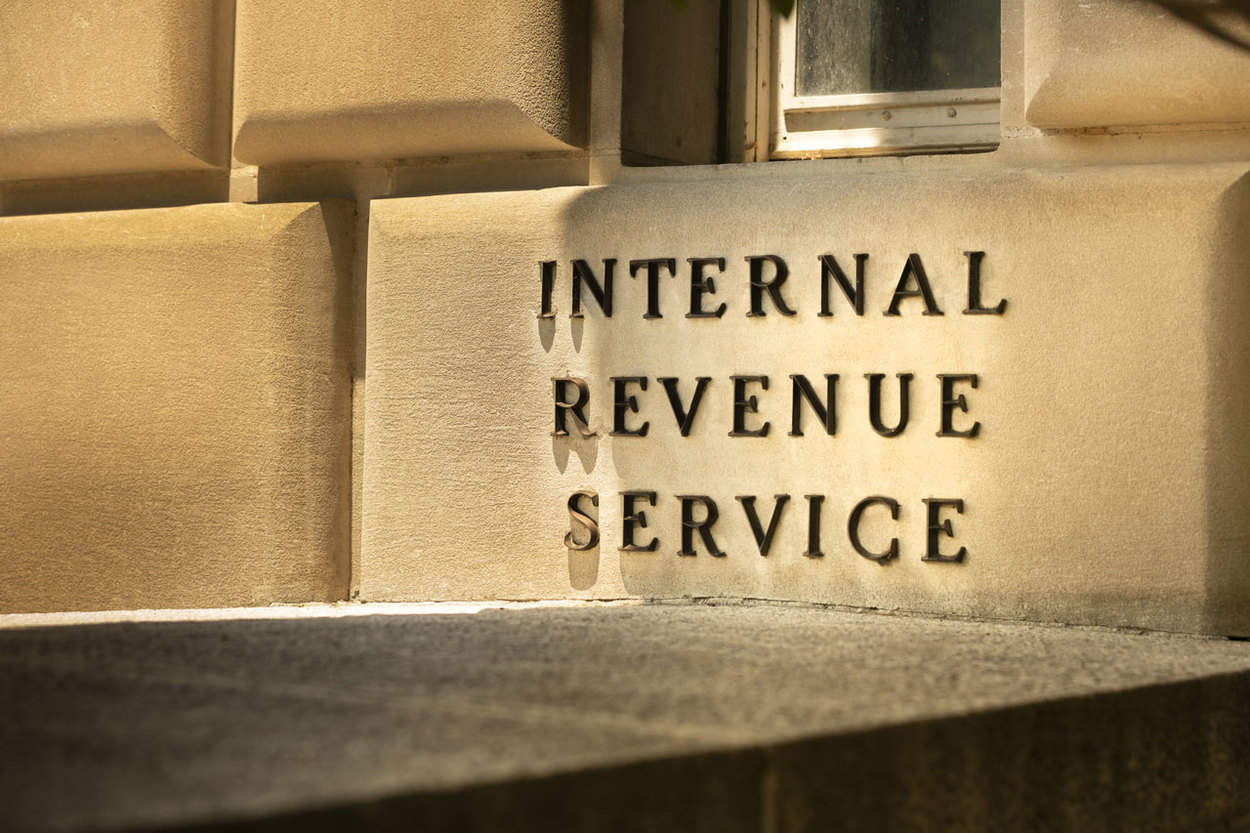
Implementing the New Accounting Lease Standard: What Convenience Stores Need to Know
This article was originally published in the Winter 2021 issue of GACS Today, a publication of the Georgia Association of Convenience Stores.
Convenience Stores need to be aware of a new hurdle that is approaching tied to changes to the accounting lease standard. To assist with implementing these changes and maintaining compliance, we are providing details on what you need to know.
The long-awaited change to the lease accounting standard ASU 2016-02, Leases (ASC 842) is effective for non-public, calendar year-end companies on January 1, 2022. Under the new lease standard, companies must record a right of use (ROU) asset and a lease liability on the balance sheet for most leasing arrangements. The new standard will impact your C-Store’s financial statements and could also impact your debt covenant and other calculations.
Given the volume and diversity of leased assets inherent in the industry, C-Store companies face significant challenges in implementing and maintaining compliance with ASC 842. It’s not uncommon for C-Stores, especially those that are vertically integrated, to have hundreds of leases related to stores, fuel pump equipment, refrigeration and other in-store equipment, payment processing systems and point of sale systems, warehouse and office space, and truck and vehicle fleets - each with different terms and conditions.
In addition, the definition of a lease has changed under the new standard, which could result in the identification of leases embedded in service contracts and supply agreements with fuel and other product vendors.
How will the new lease standard impact your company?
- An increase in balance sheet assets and liabilities: Both operating and finance (formerly capital) leases are recorded on the balance sheet, and the amounts could be significant.
- A negative impact on your financial covenant calculations: Calculations that include the lease liability such as debt to EBITDA, debt to equity and fixed charge coverage will change and may result in noncompliance.
- Accounting policy and practice changes: Existing policies and practices must be reviewed and updated to ensure compliance.
Businesses must give themselves ample time to review and identify all contracts that could contain leases, including service and other contracts. Time is also needed for businesses to develop new lease reporting methods, policies and practices as necessary. The accumulation and organization of this information are time-consuming tasks, and the time to perform these tasks is now upon us.
What does your company need to be doing now?
- Review debt covenant calculations and contact your lender. Read your debt agreements and review the covenant calculations to determine whether the calculations include debt and, therefore, could be negatively impacted. Discuss the potential amendments to your debt agreements sooner rather than later.
- Identify the contract population. Accumulate all active lease agreements and amendments and service and other contracts that could contain leases.
Given that the effective date of the new standard is quickly approaching, we encourage you to act soon. If you have any questions on implementing and maintaining compliance with ASC 842, Moore Colson can help. Contact us for more information.


